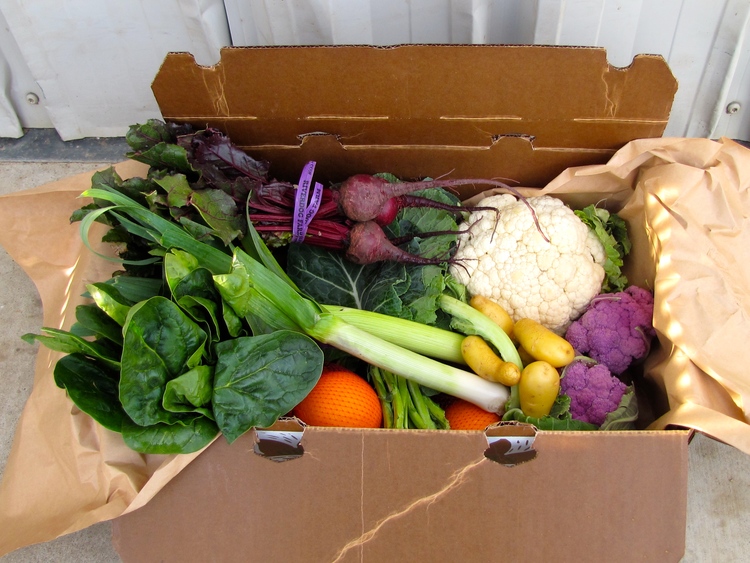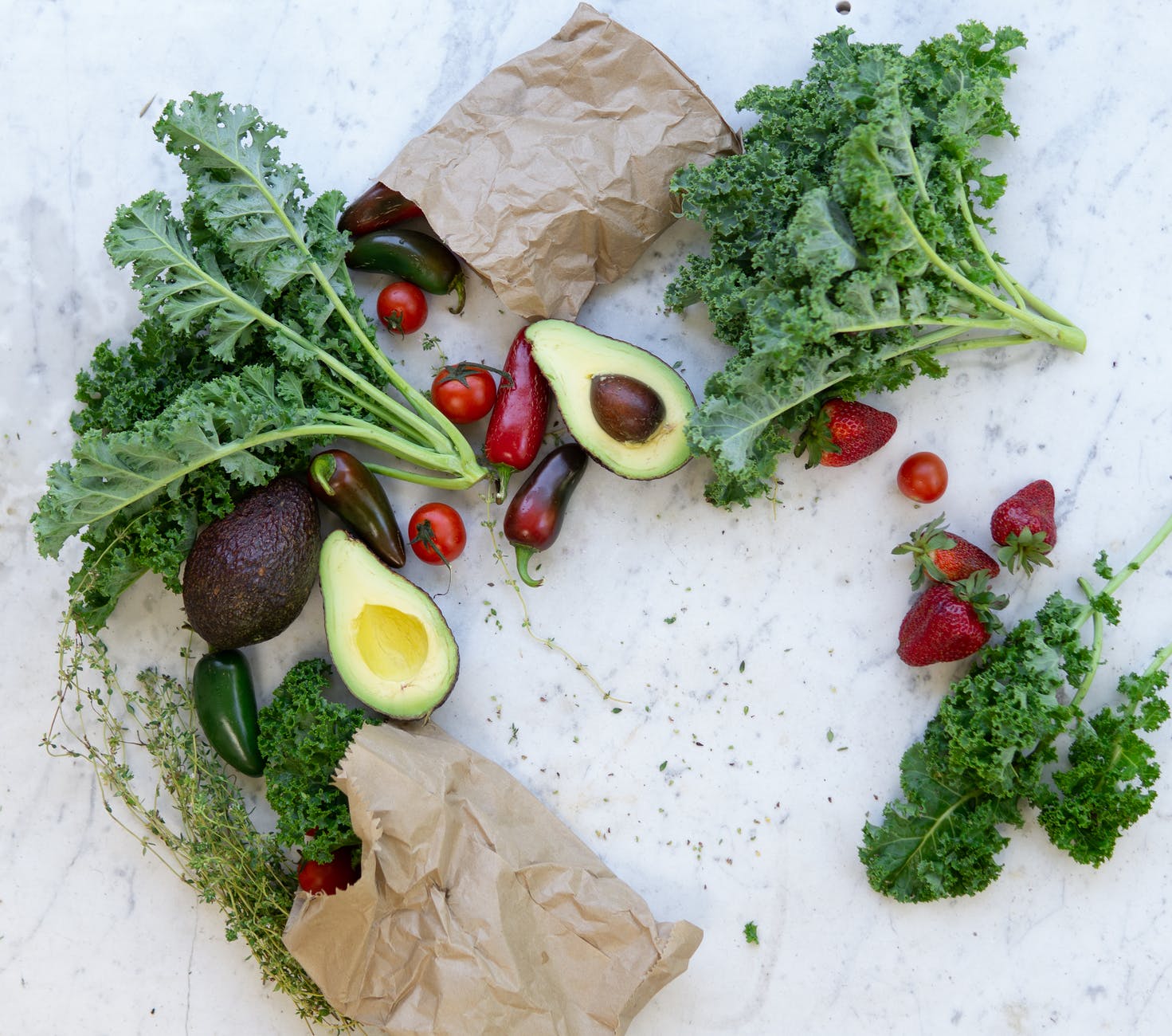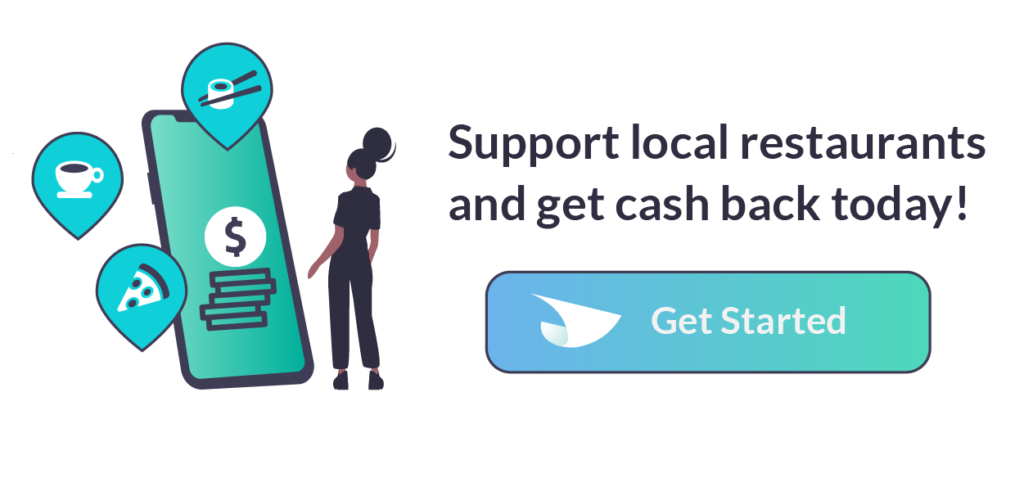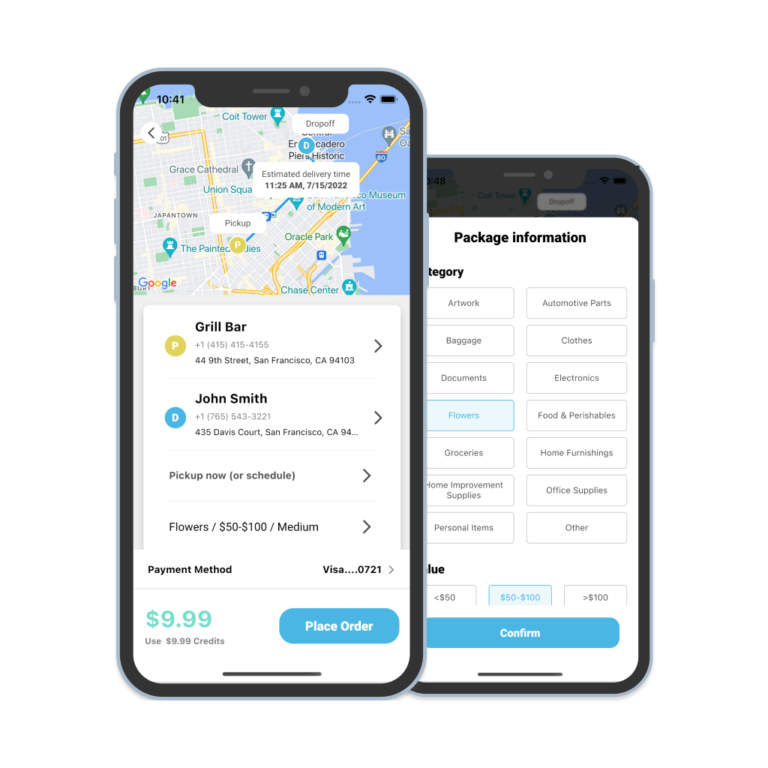Above image courtesy of Elle Hughes, Pexels
I used to imagine farm-to-table dining as a very rustic thing. A very Utopian, gritty, farmland, wild, lumberjack clothing type of thing. (In my defense, when you’ve got dinner events like this spearheading the phenomena, how can you not hone in on the rugged denim with overalls and a massive dining table sitting in the middle of never-ending rows of wheat?)
However, as the term loosely means that no middleman is involved in the exchange of goods, farm-to-table demands its participants recognize something beyond aesthetics and the food alone. Farm-to-table asks that consumers be conscious of where and who their food is coming from.
A farm-to-table experience seems unthinkable without one thing: people. At its core, it’s about the food and quality of fresh produce, but somewhere in the term and the mythology it evokes, there’s an image of a total community.
Examining the larger message of it all, in a pandemic that’s disrupted the entire culinary world, consumers are left with fewer farm-to-table options since values driving the movement—community, connection, freshness—now all come with risks.
Challenges Brought on by COVID-19
For some restaurants, California’s temporary shutdown is now an indefinite status, which has left staff members, providers, and farmers in limbo.
The National Restaurants Association predicts that restaurants could lose up to $240 billion dollars by the end of 2020, while currently 8 million employees have either been furloughed or fired due to the economic impact of the shutdown. And that’s just the employees working at restaurants.
When I spoke with Gayle Pirie of Foreign Cinema, a well-known farm-to-table restaurant in San Francisco, she expressed the unfortunate impact of Covid-19 on farmers and purveyors who worked with her restaurant. A restaurant that weaves together local industries, from artists to florists to farmers and ranchers, helps these businesses thrive. Come a statewide quarantine where the restaurant must shut down or limit service, these other facets of the dining industry suffer too.
While local farmers markets are still open for business (as long as vendors comply with social distancing measures), some farmers fear it won’t be enough to counter the loss of business from brick-and-mortar restaurants.
With California’s daily changes in coronavirus restrictions impacting the food industry, we’re seeing a shift in diet preferences. Restaurants, grocery stores, farmers markets – consumers are taking a step back from these hubs, which have long supported the local economy and community.
With limited places to visit, the public can opt for more accessible foods which brings less risk of exposure. Foods like dried pasta, canned vegetables, spam, etc., are easy to prepare and have longer shelf-lives than their fresh counterparts in the produce aisles.
Moreover, the internet has seen a resurgence of pantry foods, with some folks reimagining the use of classic canned (6 Easy Canned Tuna Recipes Tuna Hack) & packaged (9 New Ways To Enjoy Korean Ramyun Ramen Recipes hack) goods to adapt to the limited supplies available.
Understandably, the rise in pantry goods’ popularity is a means to stay safe when leaving the house for fresh ingredients poses health risks to oneself and others. While supporting local communities and businesses is crucial, consumers are left to contemplate how one can both stay safe and continue eating ethically and sustainably.
Given that we’re adapting to the current times and returning to the status quo seems unthinkable right now, the farm-to-table movement is presented with a difficult question: How can an individual still participate in an ethical ecosystem when the stakes of doing so are quite high? And more importantly, are things like affordability and accessibility exclusive from other values like ethical and sustainable eating, especially in a time such as now?
A Dilemma with Solutions
The dilemma between prioritizing oneself and supporting the community does not have to be a black and white scenario. In many ways, communities have already begun adapting so that they may, in the best ways they can, choose both.
With California being home to many independent farmers, both Northern and Southern California have created dynamic systems to continue bringing fresh and ethical ingredients to the masses.
Many independent farmers and purveyors were ready with products to give to restaurants, who make up most of their clientele. When the quarantine hit and restaurants were shut down, these farmers were left stocked up but with no market to sell to. Several took to gathering what they could into boxes and partnering with larger companies to help deliver these ingredients safely to people’s doors.
Customers can subscribe to specific farms and have boxes of local produce delivered right to their door each month. These boxes, called CSA boxes for Community Supported Agriculture, have emerged as an important role in the current farm-to-table landscape.

Within these communities we see people mobilizing and taking accountability for supporting their local farmers and businesses. The California’s Community Alliance with Family Farmers (CAFF) created and posted a spreadsheet on their website to help funnel places of surplus to those in need in the California food system. Local farmers can post produce or meat that they have, while folks can post what they need. There’s an extra tab that allows third party transportation to step in and help with delivery.
Equally notable is the effort from many farms to support and drive another movement forward during the quarantine: farm-to-food bank. With unemployment rates growing rapidly, food banks are seeing a demand as more households are turning to them for food stability. In response to the need and reports of food waste due to the market’s disruption, communities have mobilized to bridge these local farmers and food banks together. In effect, the hungry are being fed and the local farmers are circulating their produce.
Perhaps this is all to point out two fundamental qualities to farm-to-table eating: adaptability and community. While I used to envision farm-to-table in a particular way—that is with plaid shirts, straw hats, sun dresses, barefoot children and a countryside backdrop—what we’re beginning to see is that the meaning of community can evolve and change. And if that’s the case, maybe our efforts at eating more consciously and ethically can too. Farm-to-table is dynamic because people are dynamic.
As the current situation continues to evolve, those who wish to eat ethically needn’t look too far to do so.







Today I found this site, and I really liked it, because thanks to this site – https://nocramming.com/ai/aithor – I was able to find out whether I can trust some services for writing essays and student papers. This service helped me a lot and I am very happy with it and I recommend it to you. Bye-bye.
I don’t think the title of your article matches the content lol. Just kidding, mainly because I had some doubts after reading the article. https://www.binance.com/id/register?ref=GJY4VW8W
I don’t think the title of your article matches the content lol. Just kidding, mainly because I had some doubts after reading the article.
Can you be more specific about the content of your article? After reading it, I still have some doubts. Hope you can help me. https://accounts.binance.com/el/register?ref=V2H9AFPY